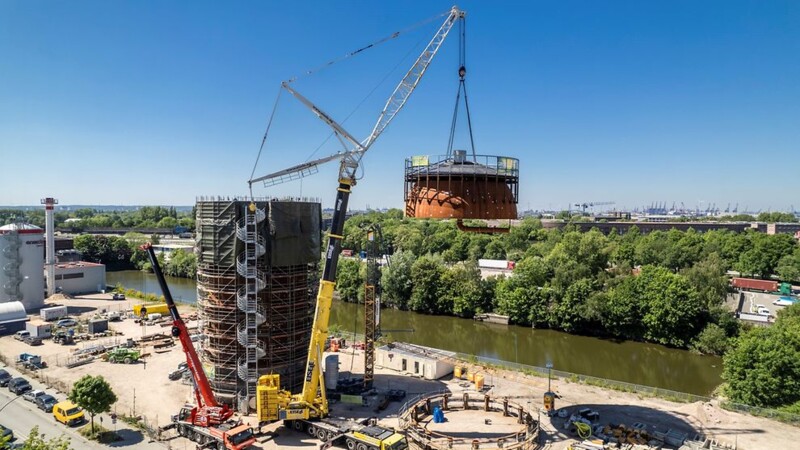“District heating is central to the energy transition. Decarbonisation will allow us to significantly reduce CO2 emissions in the building sector. We are showing that climate protection and the energy transition can work in a city like Hamburg," said Christian Heine, Manager of Hamburger Energiewerke. Demand for district heating was high in 2023 and saw HEnW conclude contracts for 39.5 megawatts of thermal capacity or an additional 13,000 residential units. A total of 544,000 residential units were supplied with district heating last year. Several projects are being advanced to phase out coal by 2030 and expand the district heating network. They include the start of drilling for a district heating pipeline under the Elbe River and the new heat storage facility on Georgswerder Damm in south Hamburg. The measures should open up areas for the expansion of district heating. From summer 2024, residents of Hamburg can use a digital tool on the website to see whether they are likely to be connected to the district heating network.
Hamburger Energiewerke (HEnW) closed the fiscal year 2023 with a profit of EUR 86.2 million - around EUR 6 million higher than expected. By 2028, around EUR 2.85 billion will have been invested in the conversion of the heating system. HEnW is also driving the transition of the urban grid to carbon neutrality by 2045.
Heating transition progressing

Electromobility and renewable energy
HEnW is also lending its support to Hamburg's mobility transition. More than 1,100 charging points for electric vehicles have been set up across the city since 2018. Meanwhile, HEnW Mobilh took over the municipal charging infrastructure consisting of 1,600 charging points from Stromnetz Hamburg in early 2024. Another 200 charging points are planned this year. HEnW is also expanding its renewable energy portfolio including ground-mounted photovoltaics as well as onshore and offshore wind power. By 2030, the company's own plants are expected to supply 800 gigawatt hours of green electricity and cover about a third of its own electricity requirements.
fw/mm/pb
Sources and further information
More
Similar articles

EU approves EUR 250 million for hydrogen projects in Hamburg

Hamburg expanding district heating capacity

Mobility transition progressing in Hamburg
